Description
ER Probe for Corrosion Monitoring
The Electrical Resistance (ER) Probe for Corrosion Monitoring is a sophisticated and highly efficient tool developed to monitor and manage corrosion in real time. Specially designed to operate under high-pressure conditions, this robust and resilient device provides valuable insights into the corrosion rate, aiding industries in maintaining system integrity and longevity, even in the most challenging environments.
Overview
The EMT-CP-0 online corrosion monitoring remote data collection is one of the main components of the resistance corrosion online detection system. The working principle of the system is to calculate the metal loss of the sensitive elements by measuring the change in the resistance value of the sensitive element of the corrosion probe. When the material of the sensitive element of the corrosion probe is roughly the same as the material of the pipeline or equipment, by accumulating the metal loss of the sensitive elements over a period of time, the calculated corrosion rate of the sensitive elements approximately represents the corrosion rate of the pipeline or equipment, thus achieving online corrosion monitoring of the pipeline or equipment. The collector is a sealed explosion-proof structure, suitable for use in the petrochemical industry.
The Data Acquisition Unit is composed of modules such as power supply, measurement and control logic, and data transmission. After configuration according to the ID provided at the time of manufacture, it can enter into normal operating status.
Signal Transmission
- Two wired forms, the working power supply is DC24V on-site power supply, and the output is RS485 signal or 4-20mA.
- Wireless form with Bluetooth, the working power supply is its own lithium battery, and the collected data is stored in the internal storage and is downloaded through an explosion-proof Bluetooth device.
The technical advantages
The technical advantages of the EMT-CP-0 resistance corrosion online detection system:
Weakly related to the medium, it can measure the corrosion of liquid phase, gas phase, and liquid-gas mixed phase media.
Main Performance Parameters
- Range: 0 ~ 261144 probe life units;
- Impedance range of probe sensitive element: 1~50 milliohm.
- Resolution: Typical value 1nm; (The total thickness of a typical probe-sensitive element is 20mil, with a lifespan of 10mil.)
- Repeatability: ±?% of full scale;
- Power Supply: 24VDC power supply/Lithium battery;
- Current Consumption: 12mA@24VDC/1~12mA@8.4V;
- Communications: RS485 two-wire, 2400 baud rate/2.4G, LORA, 4G/5G or 4-20mA
- RS485 Address: 0 ~ 31
- Environmental Temperature: -40℃~ +70℃
- Enclosure Protection Level: IP 65
- Maximum Collection Rate: Once per minute
- Minimum Collection Rate: Once at any interval
- Hazardous Area Certification: Exd IICT4 Gb
ER Probe Corrosion Rate Calculation
The Electrical Resistance (ER) Probe calculates the corrosion rate by leveraging the principle of electrical resistance, specifically its dependence on the physical dimensions of the conductor. This technique is based on Ohm’s law, which states that the resistance (R) of a conductor is directly proportional to its length (L) and inversely proportional to its cross-sectional area (A).
As corrosion progresses, the effective cross-sectional area of the probe’s sensing element, which is in contact with the corrosive medium, decreases. This reduction in cross-sectional area increases the electrical resistance of the sensing element. The ER Probe measures this change in electrical resistance over time.
The corrosion rate is then calculated from this measured change in resistance, considering the initial cross-sectional area, the length of the sensing element, and the resistivity of the material. The resistivity is a property of the material and is known beforehand.
Let’s consider an example in the oil and gas industry, where an Electrical Resistance (ER) Corrosion Probe is used to monitor corrosion in a pipeline transporting crude oil.
let’s assume the following:
- The initial cross-sectional area (A1) of the sensing element is 1 square millimeter.
- The length (L) of the sensing element is 10 millimeters.
- The resistivity (ρ) of the sensing element material (same as the pipeline) is 0.1 ohm-millimeter^2/millimeter.
Using Ohm’s Law, the initial resistance (R1) of the sensing element can be calculated as follows:
R1 = ρ * (L / A1) = 0.1 * (10 / 1) = 1 ohm.
Now, after a month of operation, let’s say the resistance has increased to 1.1 ohms. This gives a change in resistance of ΔR = R2 – R1 = 1.1 – 1 = 0.1 ohms.
This change in resistance corresponds to a change in cross-sectional area (ΔA). This can be calculated using the formula:
ΔA = A1 * (R2 / R1 – 1) = 1 * (1.1 / 1 – 1) = 0.1 square millimeters.
The corrosion rate is then typically given in terms of the change in metal thickness per year. If we assume the sensing element has a width of 1 millimeter (so initially, its thickness was also 1 millimeter), a change in cross-sectional area of 0.1 square millimeters corresponds to a change in thickness of 0.1 millimeters.
Converting this monthly corrosion rate to an annual rate, we get a corrosion rate of 0.1 * 12 = 1.2 millimeters per year. This is a significant rate of corrosion, indicating that maintenance or replacement of the pipeline may be needed soon to prevent failure.
These numbers are hypothetical. The actual values would depend on the specific characteristics of the pipeline, the material, and the operating conditions.
 Difference Between Corrosion Coupon and Corrosion Probe
Difference Between Corrosion Coupon and Corrosion Probe
Corrosion coupons and corrosion probes are both widely used methods for monitoring corrosion rates in various industries. However, they operate on different principles and offer different advantages.
Corrosion Coupons
Corrosion coupons are small, standardized test pieces of metal that are inserted into a system to monitor corrosion. The metal used in the coupon is usually the same as that used in the system being monitored. The coupon is left in the system for a predefined period, then removed and analyzed. The amount of corrosion is determined by measuring the weight loss of the coupon, from which the corrosion rate can be calculated.
Advantages of using corrosion coupons include:
- They provide a direct measure of the total amount of material loss due to corrosion.
- They can be used to assess the effectiveness of corrosion inhibitors.
However, corrosion coupons also have several limitations:
- They only provide intermittent data, not real-time monitoring.
- Once the coupon is removed for analysis, it cannot be reused.
- The process of removing and analyzing the coupon can be time-consuming and may require a system shutdown.
Corrosion Probes
Corrosion probes, such as the Electrical Resistance (ER) Probe, provide real-time monitoring of corrosion rates. They work by measuring changes in the electrical resistance of a sensing element, which is related to the thickness of the element. As corrosion occurs, the thickness of the sensing element decreases, which increases the resistance. This change in resistance can be used to calculate the corrosion rate.
Advantages of using corrosion probes include:
- They provide real-time monitoring of corrosion rates.
- They can be used in situ without needing to shut down the system for removal and analysis.
- They can be more sensitive to changes in corrosion rates than corrosion coupons.
However, corrosion probes also have some limitations:
- They may not be as accurate as corrosion coupons for measuring total material loss.
- They may require more complex instrumentation and data interpretation.
In summary, the choice between corrosion coupons and corrosion probes depends on the specific requirements of the system being monitored, including the need for real-time data, the feasibility of system shutdown for analysis, and the complexity of the instrumentation and data interpretation that can be accommodated.
Conclusion
The ER Probe plays a critical role in real-time corrosion monitoring, offering several key performance parameters such as changes in electrical resistance and thickness of the sensing element. The probe calculates corrosion rates by analyzing the increase in electrical resistance due to a reduction in the cross-sectional area of the sensing element, providing a clear and timely picture of corrosion progression. When comparing the ER Probe with Corrosion Coupons, the former’s advantage lies in its ability to provide continuous, real-time data, eliminating the need for system shutdowns. However, the choice between ER Probes and Corrosion Coupons ultimately depends on specific requirements, including the need for real-time monitoring, system shutdown feasibility, and the complexity of data interpretation.

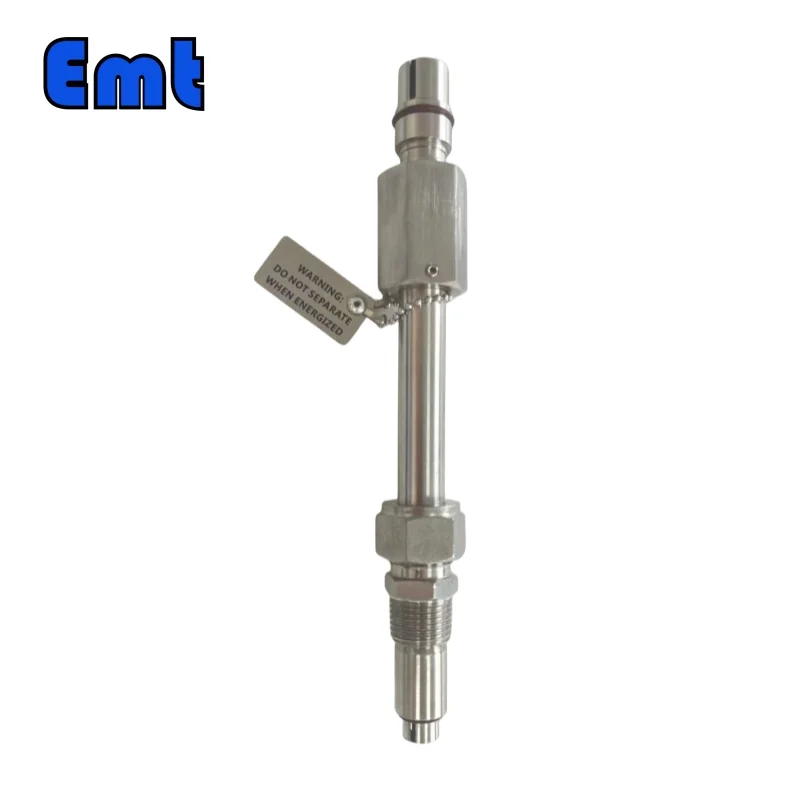
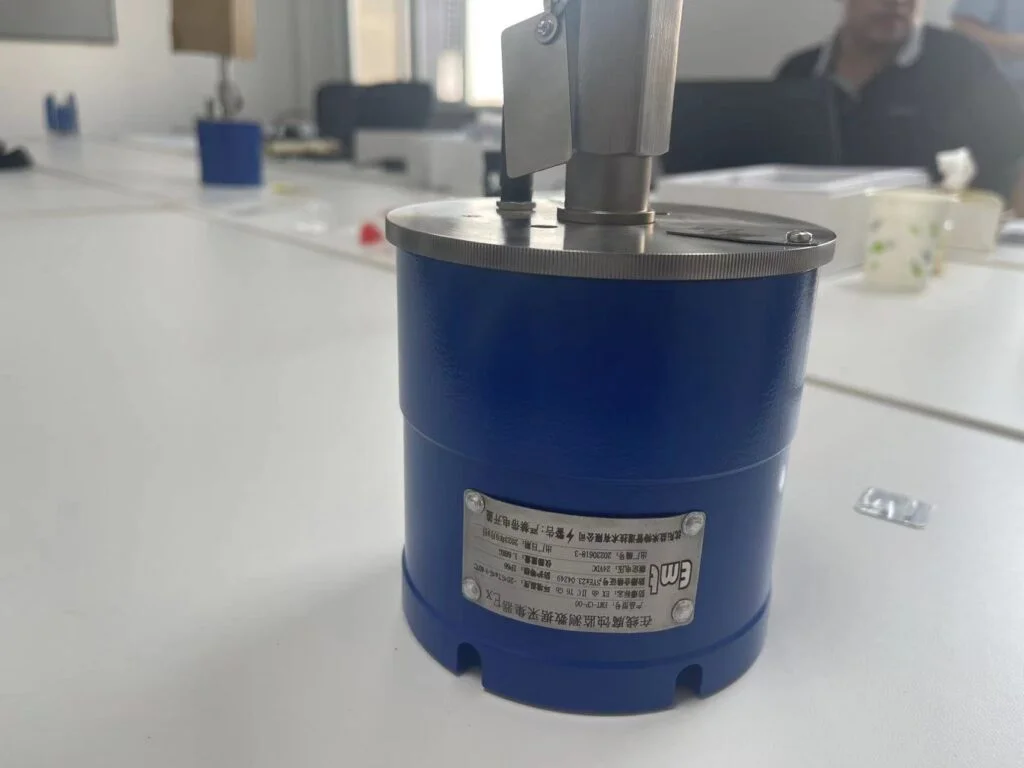
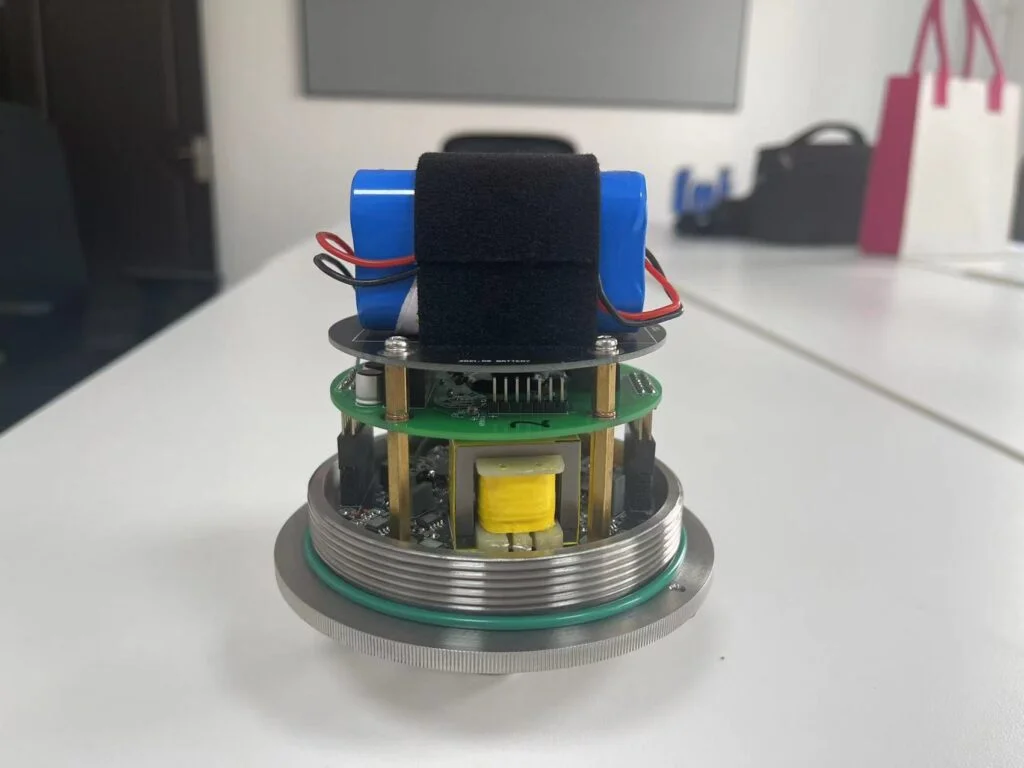
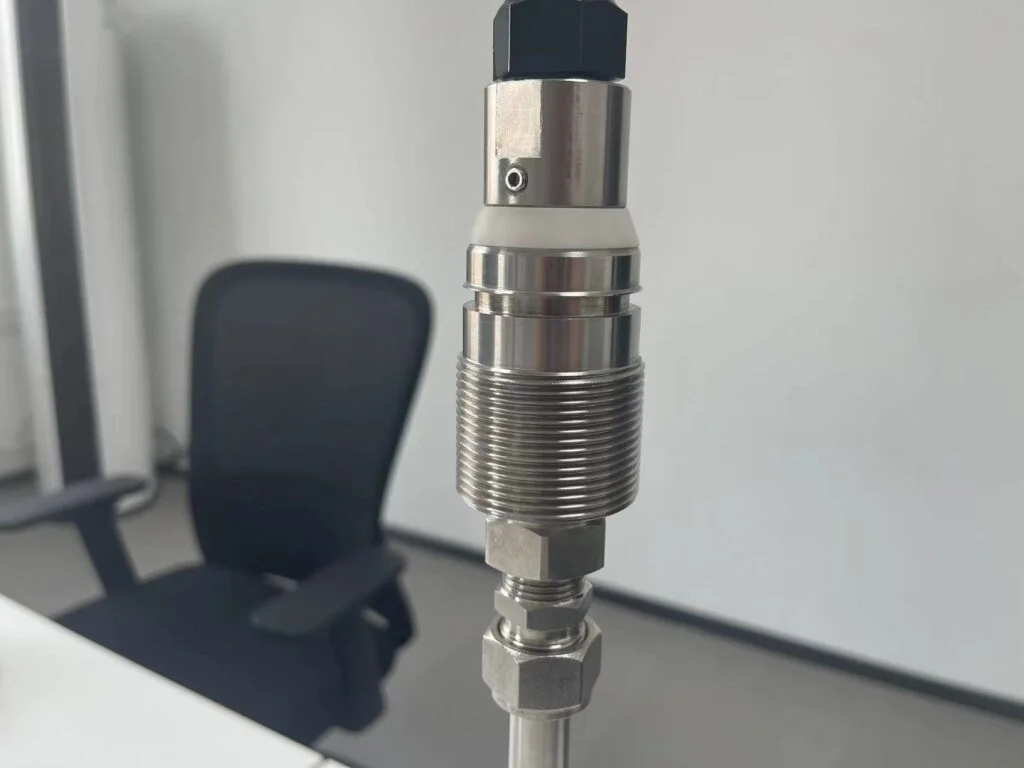
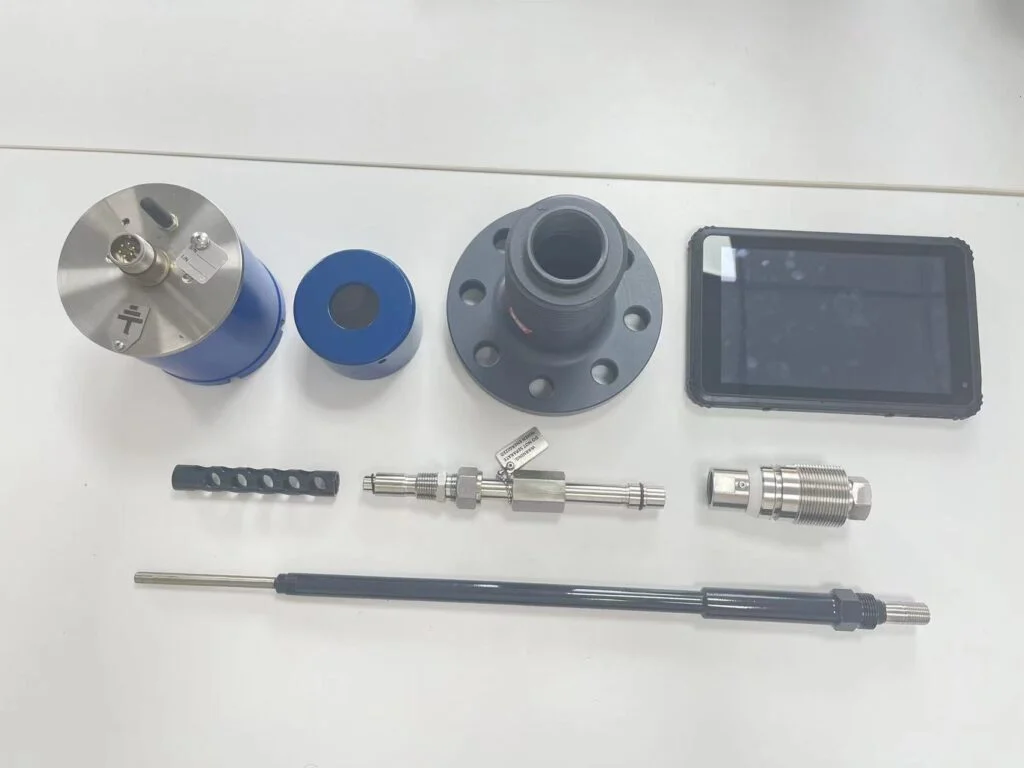 Difference Between Corrosion Coupon and Corrosion Probe
Difference Between Corrosion Coupon and Corrosion Probe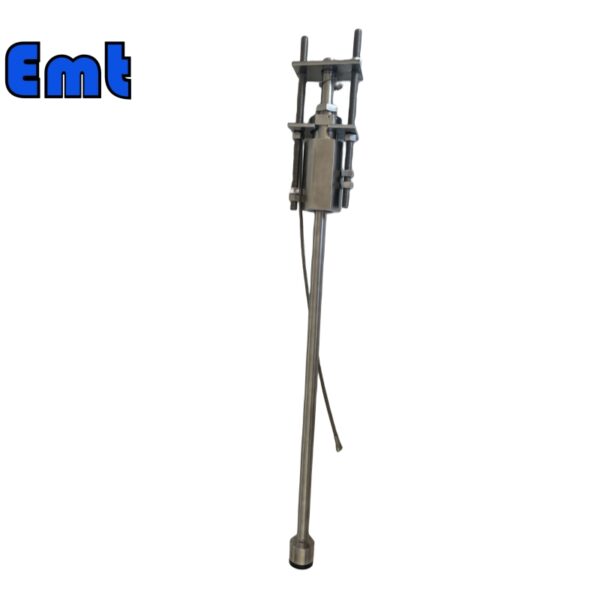
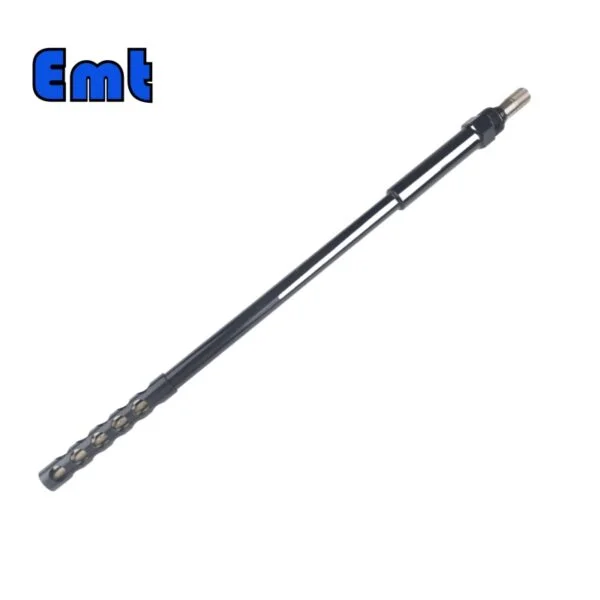
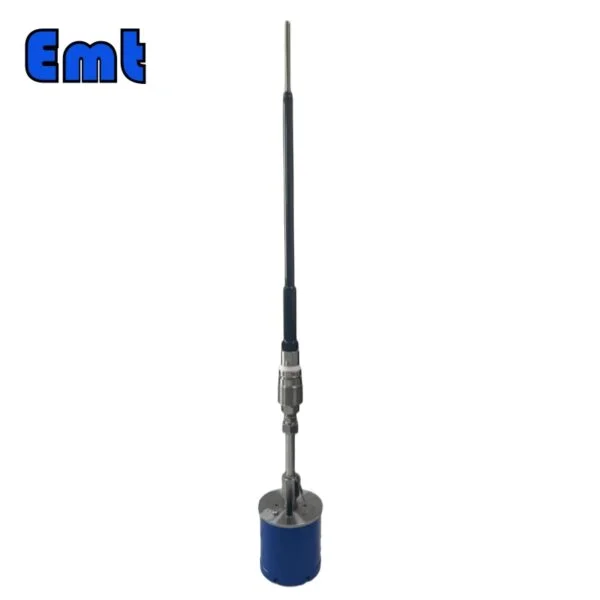

Reviews
There are no reviews yet.